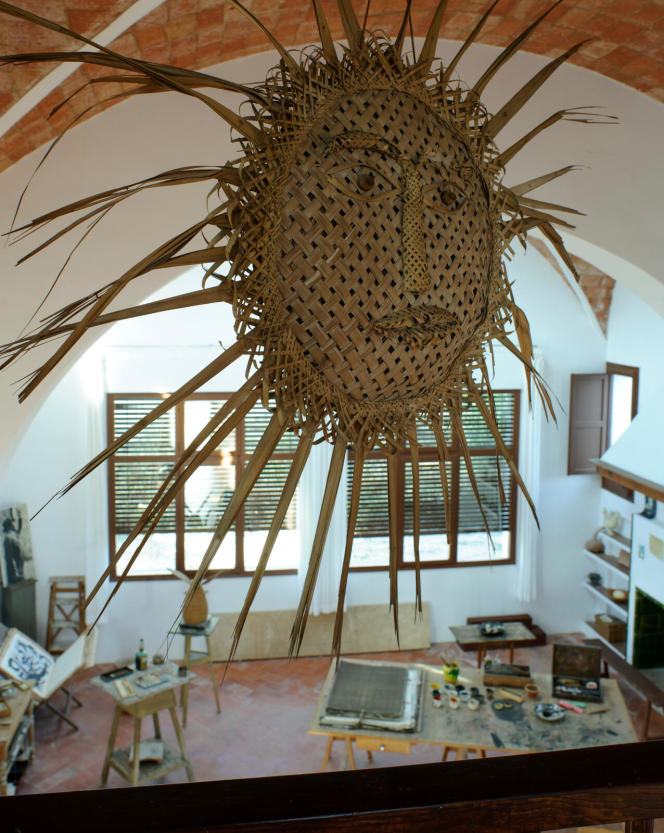There are several ways to get to Mont-roig del Camp, Catalonia, to Mas Miró, a property open to the public after its restoration and the little-known haunt of Joan Miro (1893-1983), one of the most most important of the XXe century. You can dawdle in this region of Baix Camp between Barcelona and Tarragona, a little set back in the land where carob trees, olive trees, vines and potatoes are still grown down to the sea. About ten kilometers of beaches have been preserved by the municipality on the Costa Daurada.
This article is taken from “Special Edition Le Monde: 80 artists’ houses for the summer”2023. This special issue is on sale in kiosks or on the Internet by visiting the website of our shop.
In terms of art and friendship stories, this is an opportunity to discover how, on this 10-hectare property, acquired by Miro’s parents in 1911, the foundations of his imagination were built. Aged 18 and ill, during his convalescence in Mont-roig, Miro decided to become a painter. To the chagrin of his father, goldsmith and jeweler from Barcelona, who would have seen him take over. Miro says that when he went hunting with him and raved about the purple of the sky, his father would laugh. « Mont roigsaid Miro, it’s like a religion to me, it’s the preliminary, primitive impact that I always come back to. Mont-roig inspires me with great enthusiasm, and I paint like crazy. » He spent his summers there for sixty-five years.
The property, bequeathed in 2013 by the family, is today the Fundació Mas Miró. It is made up of a set of 18th century buildingse century built by the Marquis de Mont-roig, who had made his fortune in Cuba. Hence this large white residence with baroque airs in the manner of the villas of the indianosthese wealthy Spaniards who returned from South America in the mid-nineteenthe century. A vast house furnished in the bourgeois taste of Miro’s parents, to which the painter was totally insensitive. A few pieces of furniture and objects that are still present have nevertheless found their way into the paintings of his retail period. In 1916, the father had a chapel built in the neo-Gothic style. It was also open at the time to the inhabitants of the village.
Very close to the chapel, Miro, who first worked in the house, had his workshop built at the end of the 1940s, which has remained as it is… You can still see his tools, materials, popular objects, sketches of work, graffiti on the walls, the beginnings of works in the making. Just opposite, the garden retains some of its original vegetation, including the large eucalyptus trees. Around, the land hosts organic plantations, carob trees, almond trees, olive trees as at the time. Miro considered his workshop as an orchard: “I work like a gardener, like a plowman. Things follow the natural course of life: they grow, mature, they must be grafted… », he confided. But the emblematic building is above all the former house of sharecroppers next to the central building and the chicken coop (without the birds!), the basin and the lean-to which served as a model for The farm (1921-1922).
You have 53.43% of this article left to read. The following is for subscribers only.
